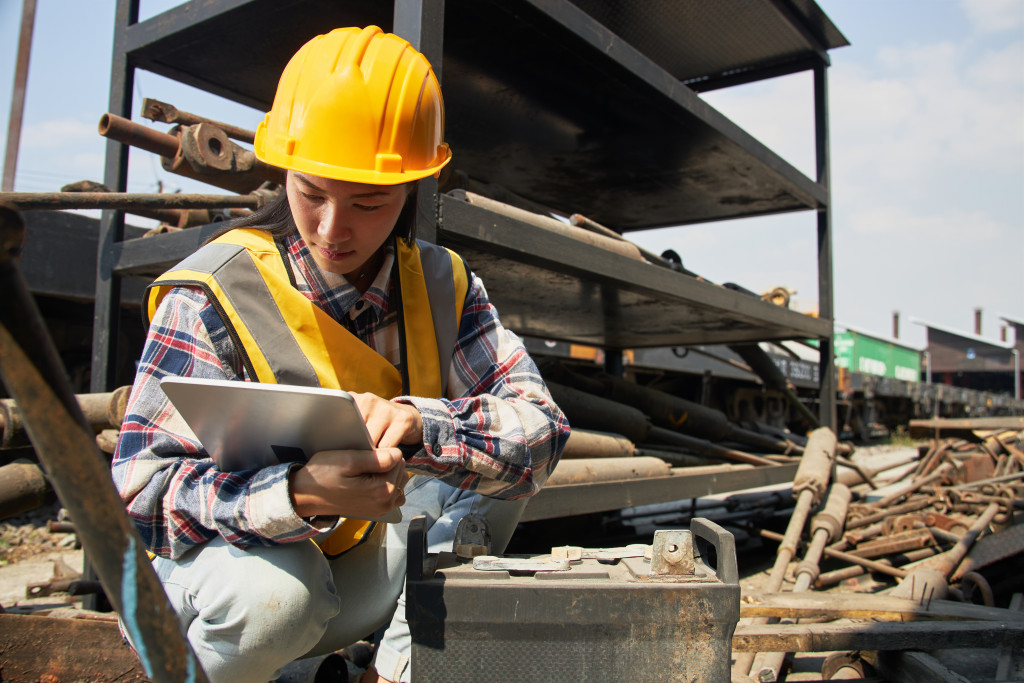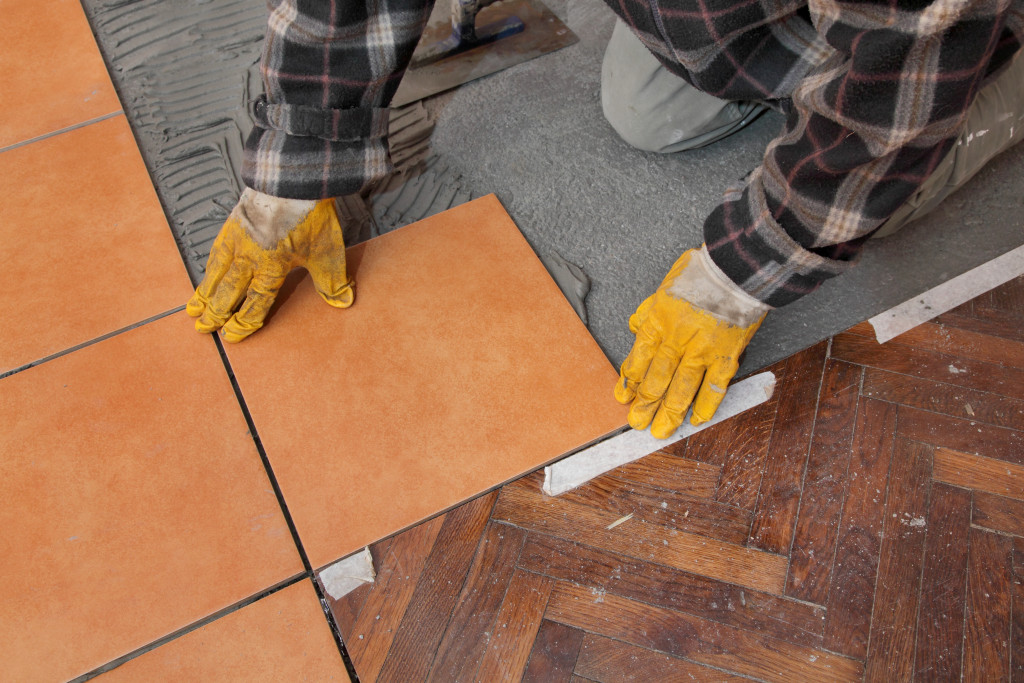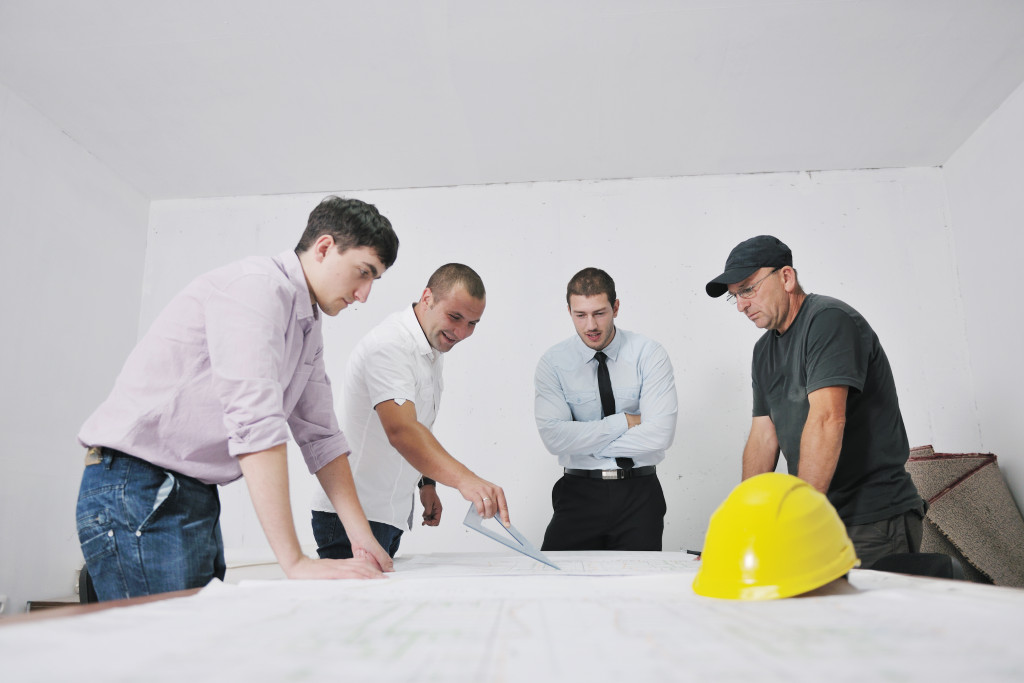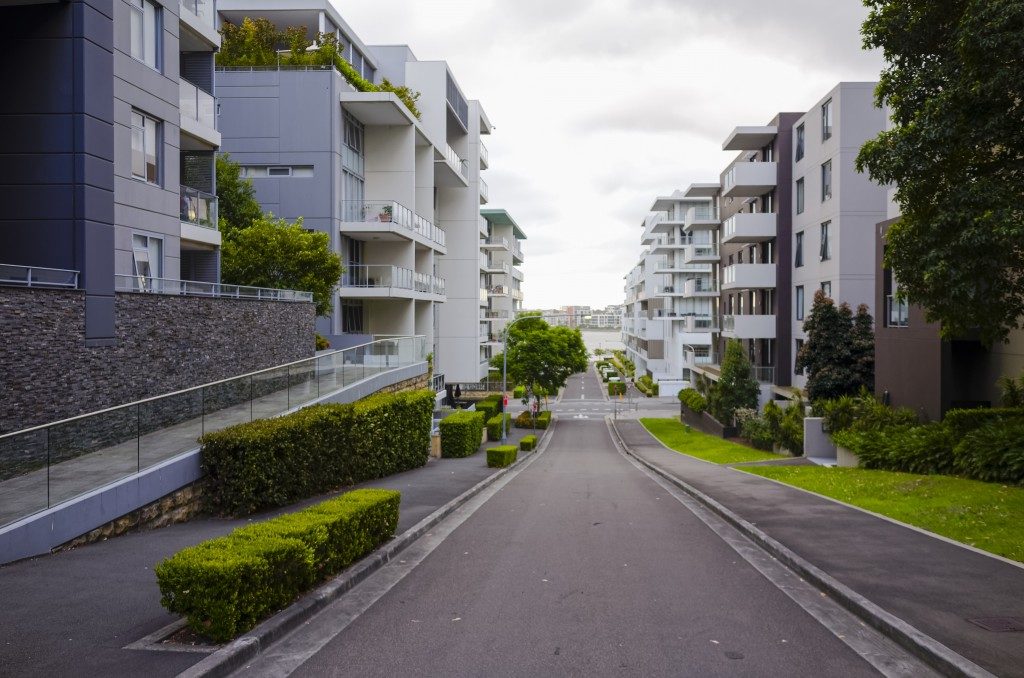- The location of the facility should be carefully selected to prevent potential product contamination from environmental hazards and other sources.
- Design and construction should meet the required standards and regulations and optimize workflows for maximum efficiency.
- The facility layout should be divided into four zones: raw materials/storage, processing, packaging, and finished product storage.
- Materials should be food-grade, with particular attention to industrial piping solutions.
Food safety has been a critical issue for the food industry for many decades. The importance of having a safe facility for processing, storing, and distributing food cannot be overemphasized. Facility construction plays a significant role in ensuring food safety throughout the supply chain. After all, a safe facility will make implementing the necessary controls and measures for preventing contamination easier. When constructing a food industry facility, there are several vital points to consider:
Location
The location of a facility in the food industry is critical. The site selection should consider the area’s environmental conditions to prevent product contamination by potential hazards. Food manufacturers must ensure that the facility site is in an area that is not prone to flooding, earthquake, or any other natural disaster.
Additionally, the site should be far from residential areas, animal farms, and any industrial operations producing environmental pollutants that could contaminate food products.
Design and Construction

When designing and constructing a food facility, meeting the required standards and regulations is essential. However, that’s not enough. The facility should be prepared to operate effectively, maximizing workflows and optimizing hygiene and safety. Here’s how they can do so:
Layout
A well-planned layout is critical to the efficiency and productivity of a food facility. Generally, we recommend dividing the facility into four main zones: raw materials and storage, processing, packaging, and finished product storage. Within each zone, it’s essential to ensure that the flow of materials and personnel is as streamlined as possible.
For example, raw material intake should be positioned as close to the storage area as possible, and the packaging zone should be immediate to dispatch. Additionally, ensuring the facility is easy to clean and maintain is essential to prevent bacteria build-up.
Materials
Choosing food-grade materials is of utmost importance to ensure the safety and well-being of consumers. This includes everything from the walls to the floors, but special attention should be given to the piping solutions that will come into contact with food and beverages.
As such, it’s essential to choose a reliable supplier of industrial piping solutions that can provide high-quality food-grade stainless steel pipes and fittings suitable for transporting different food and beverages. Investing in these materials and working with a trusted supplier is a smart choice for any food facility prioritizing safety and quality.
Lighting
Proper lighting is critical to enhancing visibility, reducing the risk of errors and accidents, and ensuring that the facility complies with HACCP and FDA Standards and regulations. Appropriate Natural daylight and artificial LED lights that enhance contrast or are equipped with blue lighting can positively impact workers’ moods and, in turn, their output.
Ventilation
Air quality is critical to maintaining a productive and healthy working environment. A ventilation system that provides adequate fresh air and controls room temperature can prevent the growth of pathogens and bacteria that cause diseases. Properly designing and locating the ventilation system should ensure that pathogens are kept away from food materials.
Equipment Selection

The equipment selection for a facility will determine the efficiency of the operation and the quality of the food products. Food manufacturers must select equipment that meets regulatory requirements and prevents contamination by physical, chemical, and biological hazards. Also, it is crucial to proactively check equipment for malfunctioning or wear and tear and schedule preventive maintenance to ensure continuous operation.
Pest Management
Pest control is critical in a food facility, as it can affect the safety of processed and stored products. Prevention is an essential step in pest control, and facilities should employ measures to prevent the attraction and entry of pests. These measures can include controlling humidity levels, routine sanitation, and using pest-repelling materials.
Employee Training
Food safety is a shared responsibility, and employee training should be extensive and consistent to ensure facility workers know the hazards and how to handle them. Training should cover personal hygiene, cross-contamination, sanitation, pest control, and preventive maintenance.
Final Thoughts
The food industry is challenging yet rewarding, and food safety should always be at the forefront of every operation. Facility construction is critical in ensuring that food products meet regulatory safety standards and that end consumers are protected. Paying attention to these facility construction considerations will prevent foodborne illnesses and ensure that businesses run efficiently, saving costs and promoting growth in the food industry.



